Menu
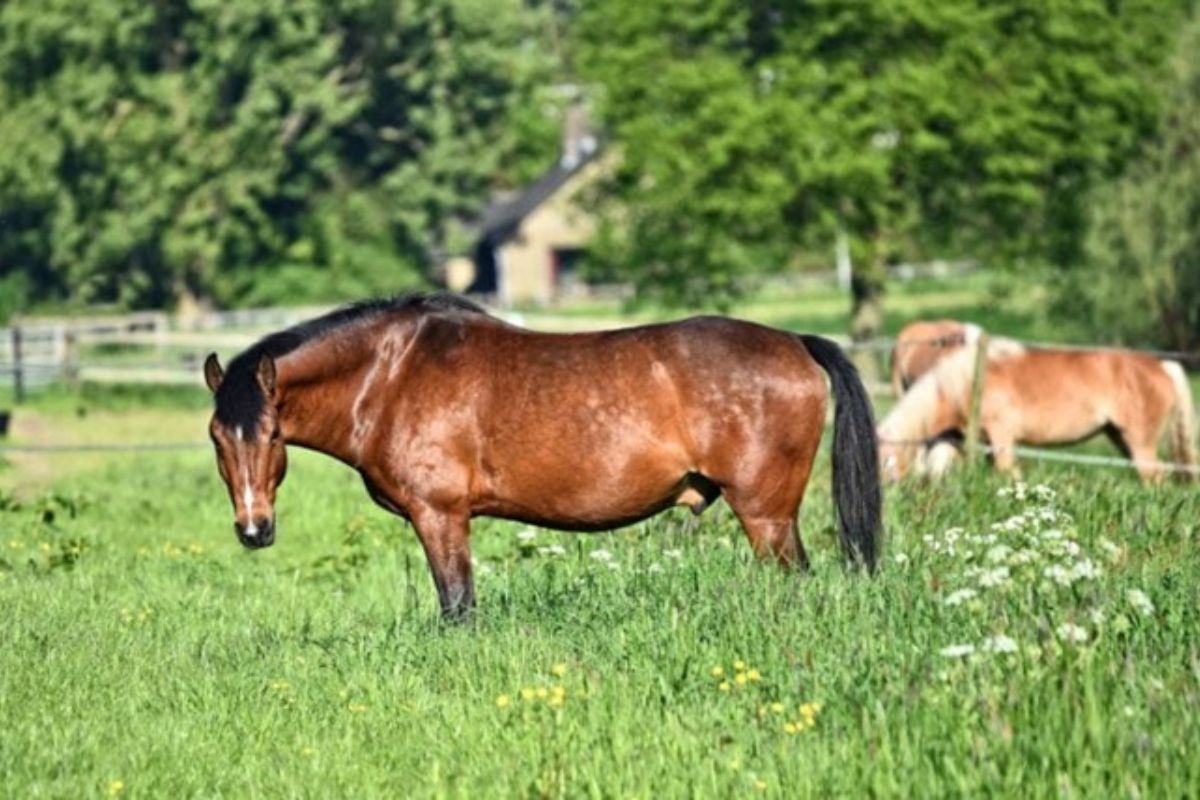

Laminitis is one of the most common diseases in horses. Studies have also shown that laminitis is one of the most common causes of death in horses. In short, it is a disease that we must take seriously. Learn more about how to deal with it from a senior veterinarian.
According to Dr. Andrew Richardson, who is a senior veterinarian at NAF, there are many possible factors that can lead to laminitis. For the same reason, there are a number of things you may need to do to avoid laminitis. The three most important ones according to Dr. Andrew Richardson are weight control, management of concomitant disease and proper care of the hooves.
It has long been proven that there is a link between obesity and inappropriate diet. Horses have been used to for millions of years to survive on relatively poor, quality grass. They have usually lost weight in the winter, and this has allowed them to put on weight in the summer. It is only after we humans entered the picture that the horses have been on a fairly constant level of nutrition. Although we have done so on the basis of best belief, it has led to a number of health challenges such as laminitis.
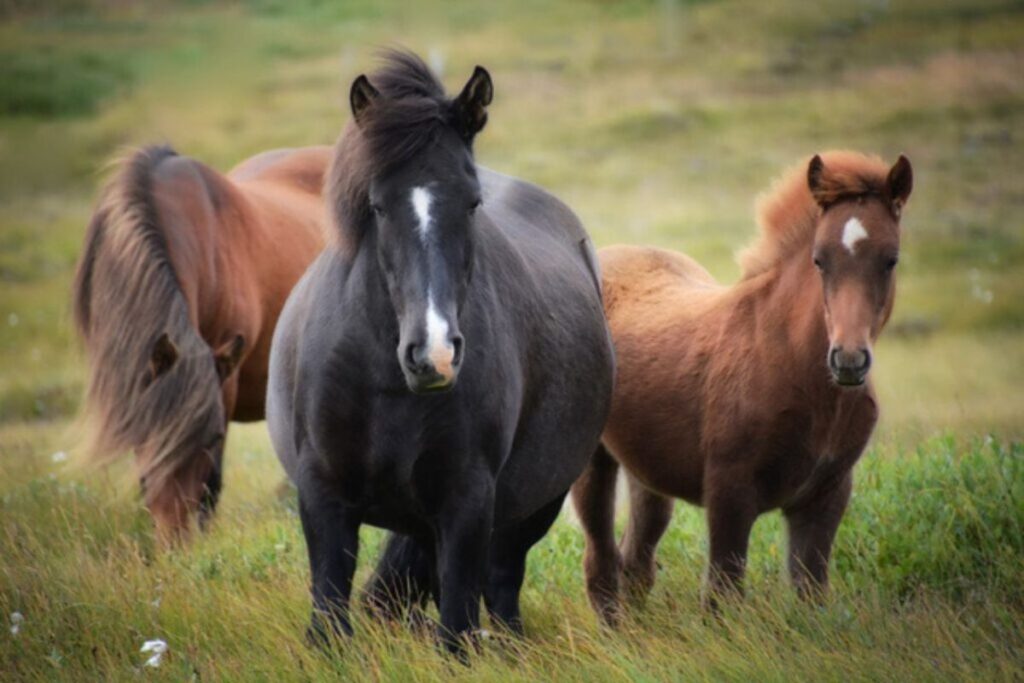
Dr. Andrew Richardson graduated as a veterinarian from at Bristol University in 2006. He worked for internationally renowned equine hospitals in Dubai, New Zealand and the UK before founding the Wessex Equine Veterinary Practice in 2011 with two other veterinarians. He is currently employed as a senior veterinarian at NAF
You may also like to read: Barefoot horses: Should you shoe your horse or go unshod?
According to Dr. Andrew Richardson, there is no doubt that obese horses have an increased risk of developing laminitis. In addition, the extra kilos put more weight on the hooves, which aggravates the problem if the horse becomes lame.
Obesity can be prevented with the right diet and enough exercise. And Dr. Andrew Richardson emphasizes in this connection that prevention at all times is better than a cure.
Some horses put on weight easier than others. Just as it is in humans. There are some things that you as an owner of a frugal horse can take into account:
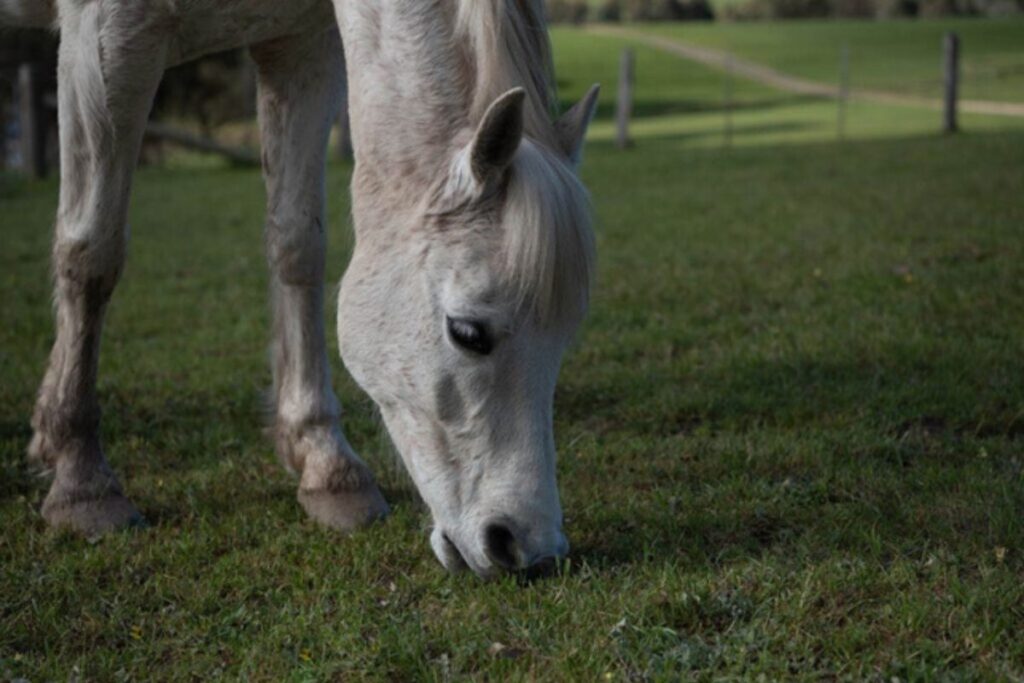
Diseases such as PPID or Cushings are known to significantly increase the risk of laminitis. The signs of PPID may be long coat, that the horse has difficulty losing the winter coat, that the horse sweats more as well as increased thirst and urination.
It is the vet who, using a blood test, can determine if the horse has PPID or Cushings.
Another disease that is often associated with obesity and laminitis is EMS, which is a form of lack of regulation of insulin levels. Weight control and exercise are essential if the horse has EMS and one wants to try to avoid laminitis.
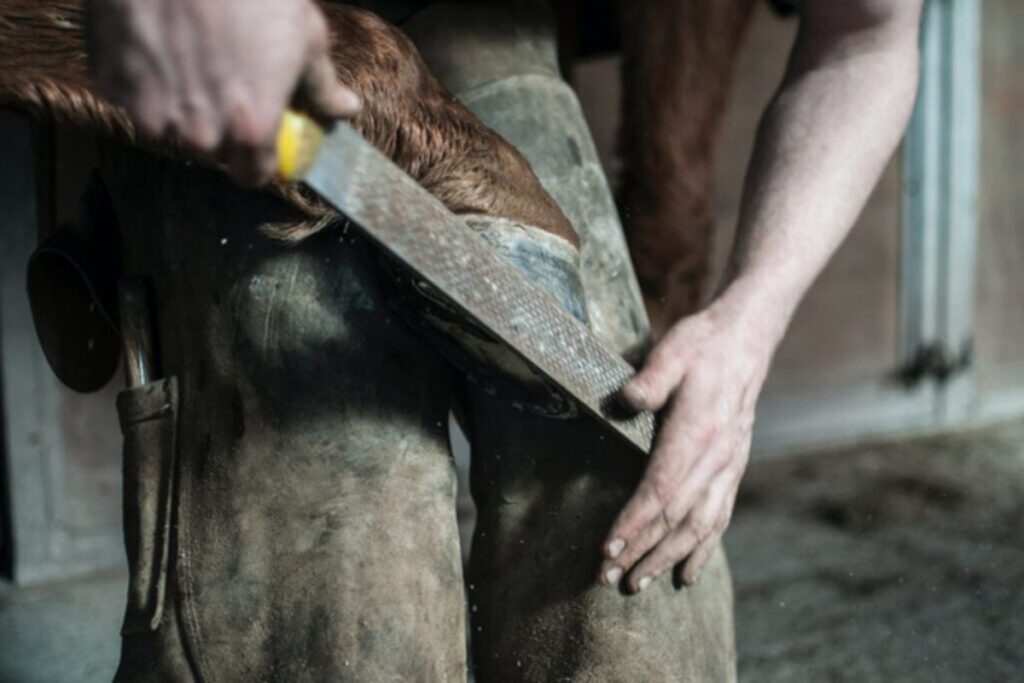
Continuous and proper hoof care is extremely important when it comes to preventing laminitis. If the hooves become too long, it will result in increased pressure in the front of the hoof. Hooves should be trimmed at regular intervals, and preferably at intervals of about six weeks. If the horse puts more pressure on one or two hooves, it can increase the risk of laminitis.
You may also like to read: Colic: What to do – and what not to do
In short, the way we keep horses is not natural for them. We give them access to large, delicious pastures and feed in feed buckets. And they are, according to Dr. Andrew Richardson not created for at all.
In addition, the risk of laminitis increases at certain times of the year. This is due to the sugar level in the grass. Generally, it can be said that grass has a higher content of sugar in late spring than it does in the early summer. The grass in these seasons is also higher in fructan.
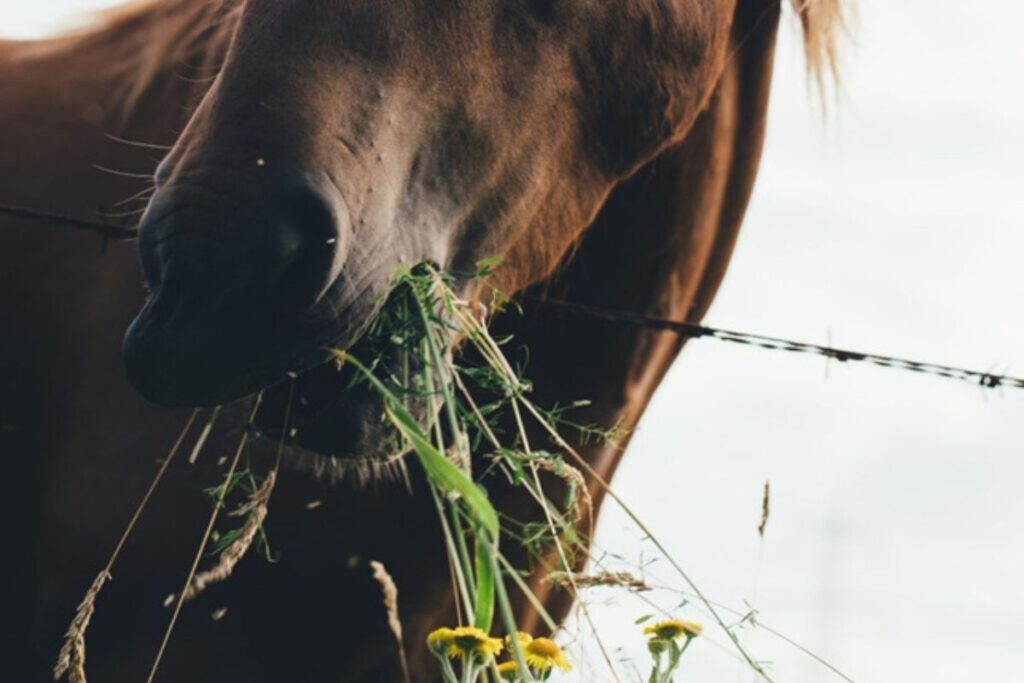
The ideal scenario for the modern horse would be to spend time in the field without access to large grass areas with a high sugar level. Combined with regular exercise and good quality hay in the stall.
It is worth bearing in mind that studies show that horses can consume up to 1% of their body weight in grass in just three hours. Therefore, you are advised to use restrictive grazing.
If you keep your horse in a place where there are only large grass-filled paddocks, it is recommended to follow these steps, especially in the spring and summer:
• Rotational grazing on small areas at a time is ideal for making sure that the horse does not consume too much grass at a time.
• Use grass varieties made specifically for horses.
• Use a muzzle but be sure to choose a model that the horse can drink through. In addition, the horse should not walk with a muzzle for more than a total of 3 hours a day.
• Select the field time based on when the sugar content in the grass is lowest.
Robin CA, Ireland JL, Wylie CE, Collins SN, Verheyen KLP, Newton JR. Prevalence of and risk factors for equine obesity in Great Britain based on owner‐reported body condition scores. Equine Vet J. 2015; 47:196-201
Menzies-Gow NJ, Harris PA, Elliott J. Prospective cohort study evaluating risk factors for the development of pasture-associated laminitis in the United Kingdom. Equine Vet J. 2017; 49:300-6
Harris PA, Ellis AD, Fradinho MJ et al. Review: Feeding conserved forage to horses: recent advances and recommendations. Animal. 2017; 11:958-67 Raymond J. Geor, Patricia A. Harris and Manfred Coenen. Equine Applied